When erecting a fence, there is no more significant task than installing the posts in the ground. Taking the time to bury the posts at the correct depth can make or break your entire fencing structure; thus, it’s essential to get it right. Undecided on how deep you should bury fence posts? Utilize this guide for all you need to know to ensure your fencing remains both steady and long-lived.
Once you have decided on the type of fence you would like to install, the next step is to determine how deep fence posts should be planted. This is largely dependent on two elements—the kind of fence and the kind of soil. Generally, two feet should be sufficient, but it’s worth bearing in mind that for a chain-link fence, this will need to be upped a bit; two and a half feet should see you through. For a wood fence, meanwhile, plan for it to go in at around three feet.
When thinking about the depth of fence post burial, soil type should be kept in mind. If the area has sand-like material, driving the posts at least three feet down is recommended for superior security. This is because shifting of the sand could cause shifting of the fence posts. In more solid areas with clay-like soil, the posts should be buried one foot further in-to the ground: a four-foot embedment should adequately provide rigidity and stability for extended periods.
When setting up your fence, you need to keep the temperature in mind. Whilst colder winter wonderment may be beautiful to behold, it can also cause havoc when attempting to ensure your posts are stable. Commencing with depths of four feet, this will help insulate the posts from extreme temperatures and guard against shifting and loosening. Using this method will mean your fence remains standing strong against anything winter can throw at it!
When erecting fences, pay attention to the depth and spacing of your posts. Although burying the posts is a must, it is not the solitary solution to creating lasting stability. You must also ensure that the posts are properly fixed with concrete or an alternative, and that the distance between each pole is correctly configured. In this way, you can enjoy a structure with the necessary strength and longevity.
To ensure that your fence remains standing for many years, it’s essential to understand how deeply to embed your posts. Typically, two feet is the best depth to sink posts into the ground, although this may depend on the sort of fence and earth composition. Moreover, you must make sure the posts are firmly held together and consistently distanced apart. Abide by these suggestions when building your fence and you can have faith in it lasting for numerous years.
Each post for a fence must be placed correctly in the ground in order for the entire structure to be secure and remain standing. Without proper depth of the posts, the stability of the fence is threatened and can give way in areas that experience shifts in the ground, such as places near high water levels or areas that experience freezing temperatures. It is therefore important to understand how deeply posts need to be inserted into the ground for successful fencing.
When deciding the ideal depth for burying your fence post, the type of soil where it is being placed must be regarded as a crucial factor. Different types of soils have distinctive properties that determine the post’s expected level of submergence. As an illustration, posts will typically be implanted deeper into clay soil than a sand-based equivalent. In addition, regions with too much water in the subsoil necessitate even further depths in order to avoid unintended extraction due to heavy rainfalls.
It is critical that fence posts be inserted a minimum of 30 inches deep, especially to enable sure footing in all sorts of soil types. To ensure a consistent level of stability and fortitude,it is necessary that the depth remains consistent at every angle.
Unearthed posts tend to be less resilient than those that are buried in the ground. Therefore, it is important to consider how deep the post should be buried when installing a fence. In addition to soil type, the height of the fence can be an indicator of what depth the post should be inserted at; as the higher the fence is, the deeper it needs to be placed. This is due to increased exposure to wind and potential external forces in these areas rendering the post more prone to movement or instability.
In regions that experience frequent freeze-thaw cycles, it is essential to install fence posts beneath the frost line. This strategic positioning helps guard against their movement or destabilisation due to frost heaving. This number usually fluctuates from one spot to the next, depending on regional climate conditions.
To build a strong, secure fence, it is essential to properly bury the fence posts. To do so requires some forethought and knowledge; however, following the right procedures can make this task much simpler. Taking the time to properly set the fence posts will guarantee your fence will stand firm and last for years.

Related Product
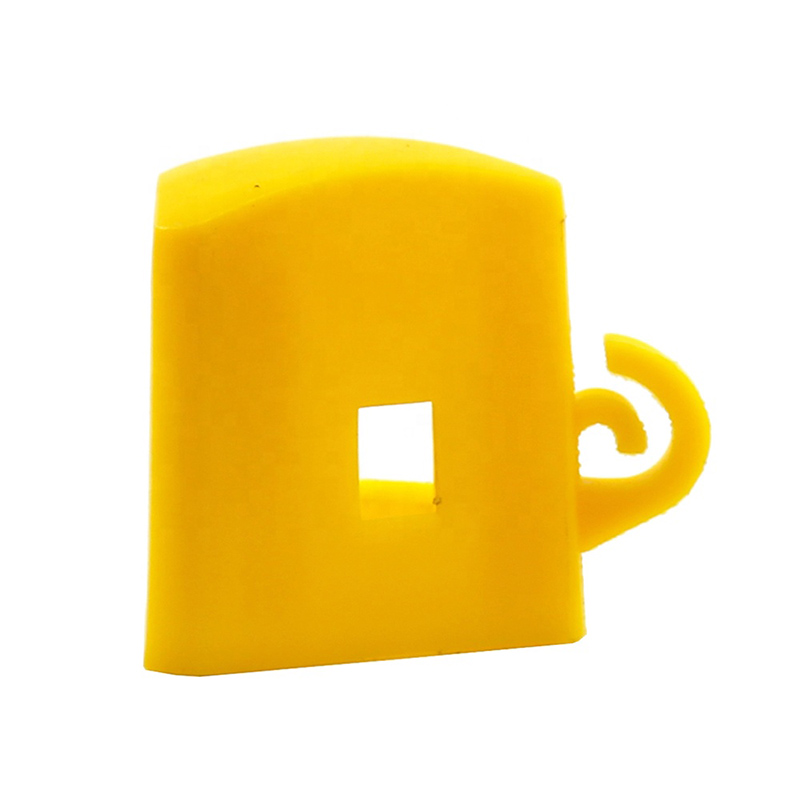
Y Post Cap
Y Posts Caps is also called safety cap or Star picket caps. It used for Y star picket . It can cover sharp edges of Y posts. Type Size(L x W X H) Thickness Weight Round 57x57x60mm […]
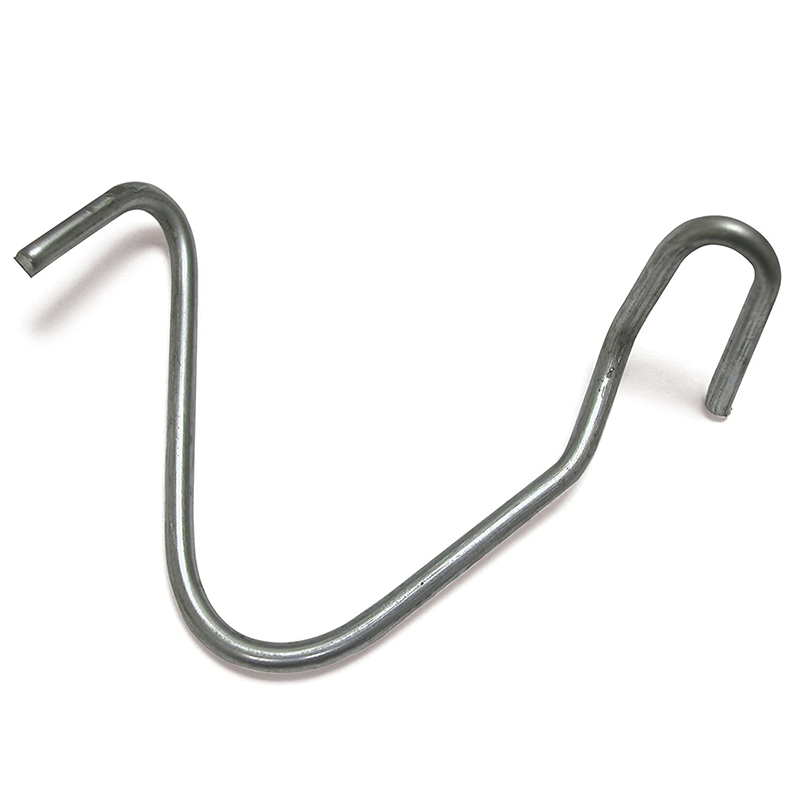
T Post Clip
These heavy duty T-post clips fit standard size 1.25 and 1.33 lb. studded T-posts. Manufactured from 11-1/2 gauge wire that is Hot-dipped galvanized, these clips are designed for f […]
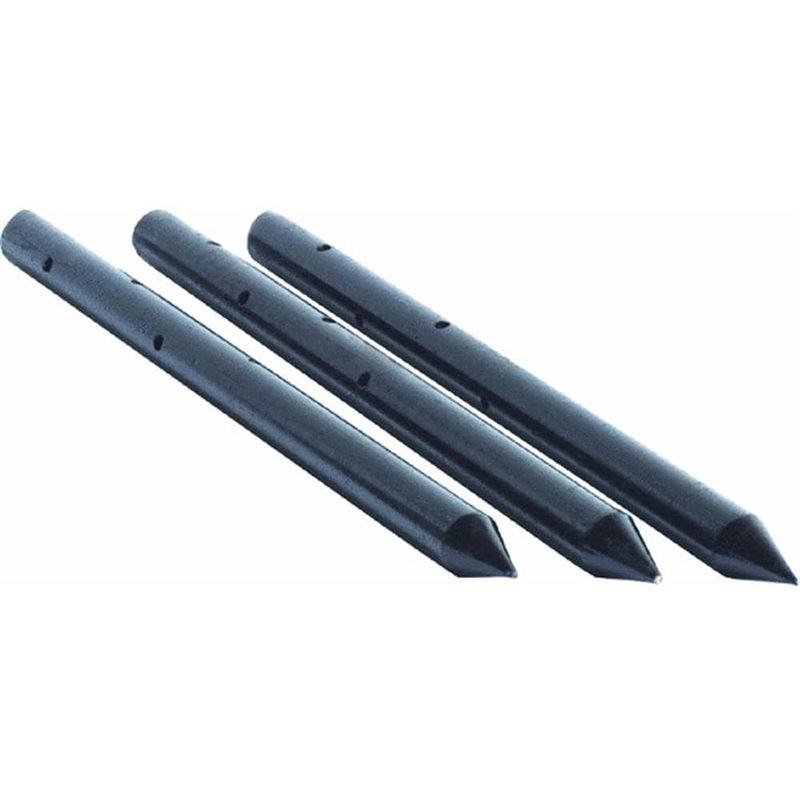
Nail Stake
Product information: Description Unit Pallet Weight(kg) 3/4″x12″ 10pcs/box 150boxes/pallet 0.6200 3/4″x18″ 10pcs/box 100boxes/pallet 0.9250 3/4″x24 […]
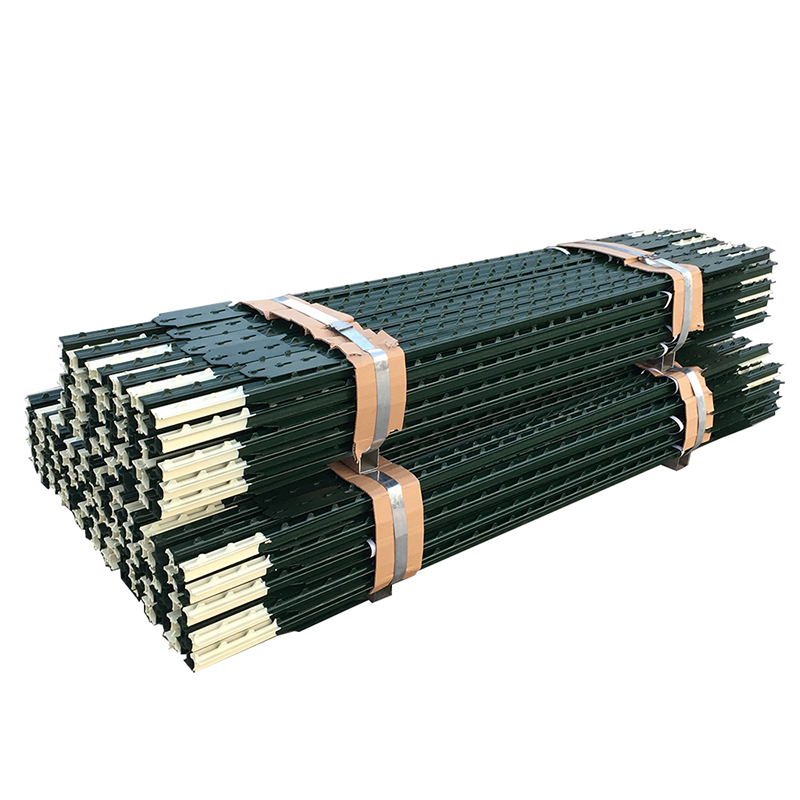
Studded T Post
material: rail steel weight: 0.85,0.95,1.25,1.33lbs/ft etc length: 5′-10′ etc surface: painted with spade,painted no spade,unpainted with spade,unpainted without spade,hot-dipped g […]
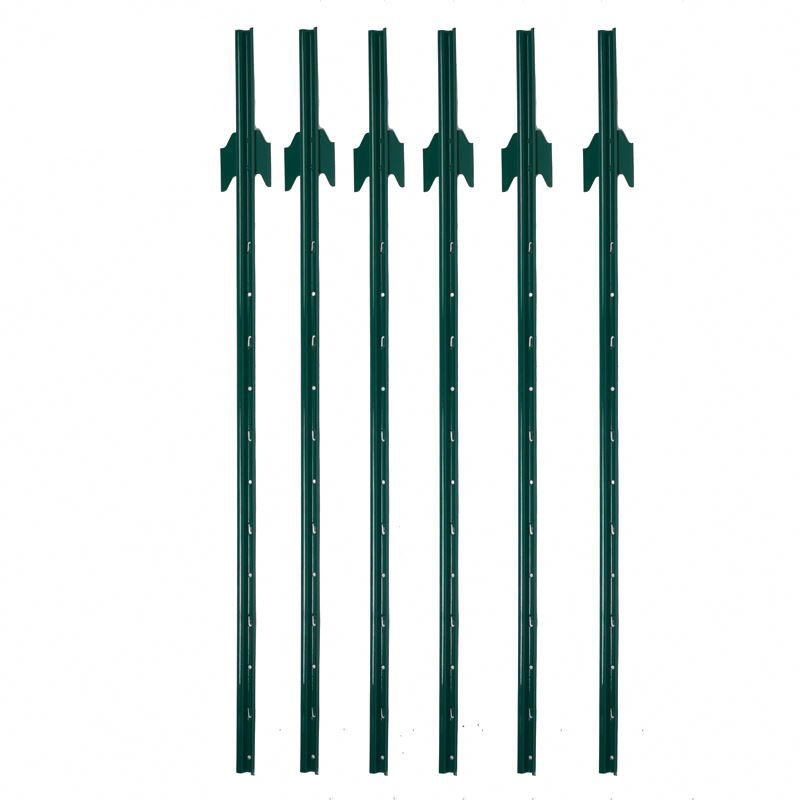
U Post
Heavy Duty Garden U Shaped Steel Fence Post With Spade Shape: U shape, with or without spade Material: low carbon steel, rail steel, etc. Surface: Powder coated Advantage: Easily A […]
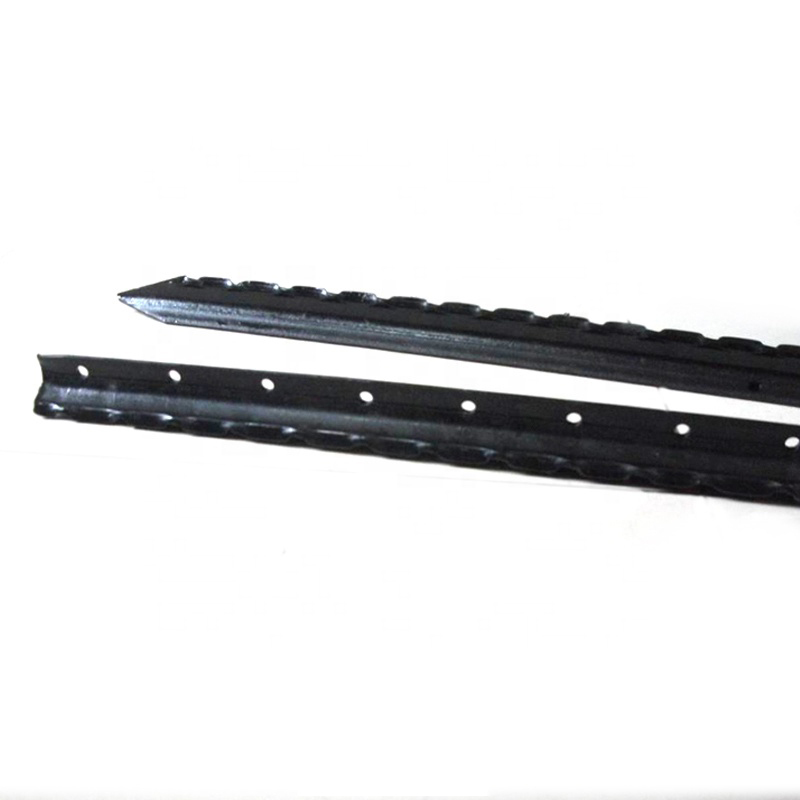
Israel Y Post
Y post with teeth provides the most reliable way of fencing wire attachment by threading the wire through the holds along the post, gripping the wire with is specially designed tee […]
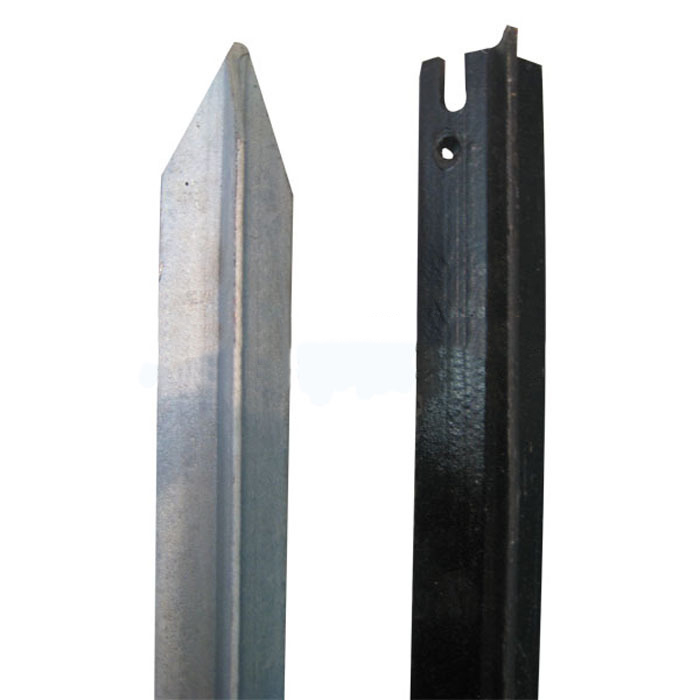
Y Post
Length:1.35m,1.5m,1.65m,1.8m,2.4m etc Weight:1.58kgs,1.86kgs,1.9kgs,2.04kgs/m etc Surface:painted, Hot dip galvanized, No paint Usage:farm fencing,garden fencing Packing:400pcs/pal […]
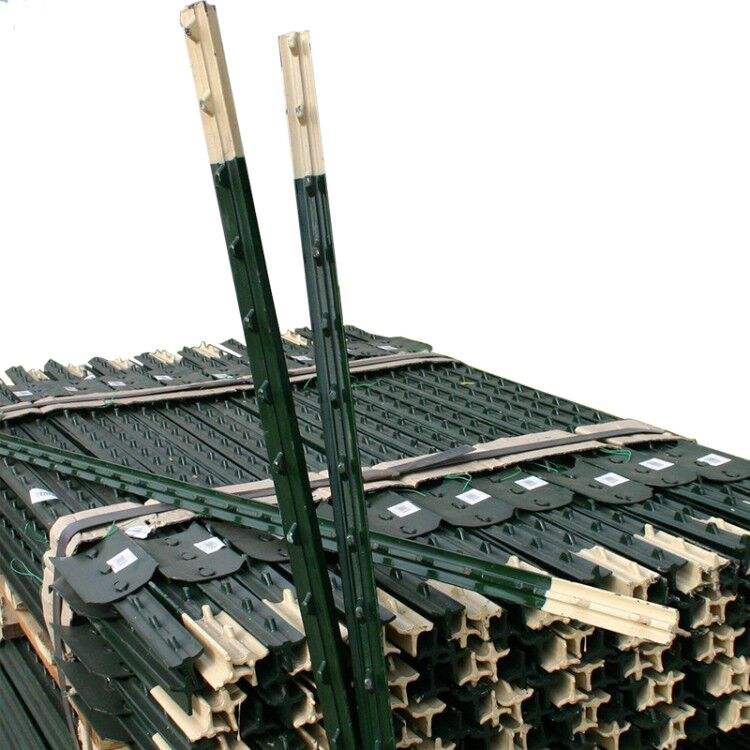
T Post
Material: rail steel Weight: 0.85,0.95,1.25,1.33lbs/ft etc Length: 5′-10′ etc Surface: painted with spade,painted no spade,unpainted with spade,unpainted without spade,hot-dipped g […]
Post time: 2023-07-06

